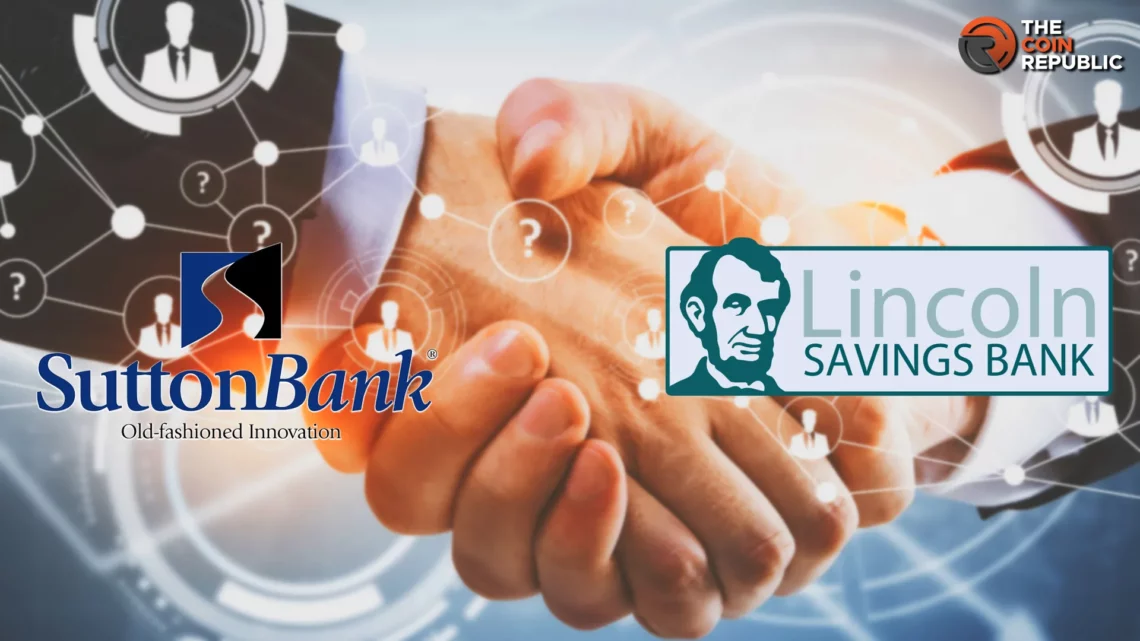Cash app is not exactly a bank but it functions like a bank. Cash App uses third-party banking partners which helps it earn revenue from 3 basic segments.
People are always curious about whether Cash App is a bank. In this article, it is explained on how this widely-used mobile payment app operates, and how it can offer services that are similar to those provided by traditional banks.
What is Cash App?
Cash App functions as a bank even though it is not a bank itself. It offers users a bank account with routing and account numbers as a savings account. Users can receive ACH transfers through the Cash App and their funds are FDIC-insured if they have a Cash Card. Block, Inc. Owns Cash App as its subsidiary.
The banking services, on Cash App are provided by third-party partners who offer users bank account routing and account numbers FDIC insurance coverage and additional services related to banking.
Cash Apps Banking Partners
Different banking partners are used by Cash App for different services. For instance, Sutton Bank manages the Cash Card and most other banking services, while Wells Fargo provides passthrough FDIC insurance and also helps with the Cash Card. Meanwhile, direct deposits and Plaid transfers are handled by Lincoln Savings Bank.
Fees are charged to businesses and users for various services, such as instant money withdrawals, which are subject to a cost of 0.5% to 1.75% of the value transferred out, whereas sending from a credit card incurs a 3% fee. Moreover, subscription services include Cash App’s financial services-related products, including Cash App Card, Cash App Instant Deposit volumes, and related processing costs and fees.
Bitcoin and Cash App
The largest revenue generator for Cash App’s business is Bitcoin. Cash App applies a service fee whenever a customer sells Bitcoin, and the price difference between what Bitcoin exchanges and individuals pay can range from 1% to 4%. Cash App takes these differences into consideration when presenting prices to its users, which in turn generates supplementary revenue on the exchanges it facilitates.
Square, Inc. changed its name to Block, Inc. in December 2021, while retaining the same stock ticker symbol “SQ.” The Square brand name will continue to be associated with the company’s Seller business. This offers an integrated ecosystem of commerce solutions, business software, and banking services for sellers. The Block brand is focused on the consumer side and aims to empower individuals, artists, fans, developers, and sellers economically.
Financial Outlook of Cash App
Cash App discloses its earnings by segmenting its revenue into three categories; Cash App, Square and Corporate and Other. Specifically Cash App breaks down its revenue into transactions, subscriptions and services, as Bitcoin revenue.
In the third quarter of fiscal year 2023, which ended on September 30, 2023, Cash App reported revenues of $3.58 Billion, indicating a year-over-year growth of 33.5%. Additionally, the gross profit of Cash App was $983.86 Million, which represented a YoY increase of 27%.
All segments experienced growth in revenue, with transaction-based revenue expanding as a result of a rise in Cash App Business gross payment volume. This was primarily driven by peer-to-peer transactions received by business accounts and peer-to-peer payments sent from a credit card.
Cash App: Revenue Segments
Cash App divides its revenue into three segments – transaction-based revenue, subscription-services revenue, and Bitcoin revenue. Block reports this data but does not provide a breakdown of income by business segment.
The transactions segment includes the fees charged for peer-to-peer transactions made by businesses and individuals. This segment generated $120.78 Million in Q3 2023, indicating a growth of 1.96% from $118.46 Million YoY. The revenue generated by this segment accounted for 3.37% of Cash App’s total revenue.
Cash App’s Subscription Services segment covers financial-service products such as Cash App’s card, Instant Deposit volumes, and interest earned on customer funds. In Q3 2023, this particular category generated $1.04 Billion, marking a 29.48% rise from the $803.67 Million YoY. This category constitutes 29.03% of Cash App’s overall revenue.
Cash App’s Bitcoin segment generates revenue by selling Bitcoin to its customers. In Q3 2023, this segment earned $2.42 Billion, a 37.49% increase from $1.76 Billion YoY, accounting for 67.60% of Cash App’s revenue.
In June 2023, Cash App identified a technical issue where customers were being double charged for certain Cash Card transactions. The company rectified the issue and announced refunds to be made to affected customers.
Extra Features of Cash App
Besides using Cash App for payments individuals can also utilize it for saving money through Cash App Savings. They have the option to set savings goals round up their transactions to the dollar, on Cash App and allocate the extra amount towards their savings target.
While Cash App offers a range of services like transferring funds making offline purchases and investing it is evident that there are limitations to its functionality. It might serve better as a tool to a bank account rather, than a complete substitute.
The lack of a physical branch network can present challenges for larger transactions. These include purchasing a new car, and writing paper checks for the Cash App account balance which is not usually possible for a company like Cash App.
The global banking industry is growing and technology is playing a huge role in the making. While more and more people are being shifted towards a cashless and virtual banking system, companies like Cash App are left with a lot of space to grow.
Conclusion
Cash App is not a bank, but it provides users with a bank account and routing number. It uses different banking partners for various services, such as Sutton Bank for the Cash Card and Lincoln Savings Bank for direct deposits and Plaid transfers. Fees are charged for services such as instant money withdrawals and sending money with a credit card. The lack of a physical branch network can make larger transactions and paper checks difficult.
Disclaimer
The views and opinions stated by the author or any people named in this article are for informational purposes only. They do not establish financial, investment, or other advice. Investing in or trading in stocks, cryptos, or other related indexes comes with a risk of financial loss.

Steefan George is a crypto and blockchain enthusiast, with a remarkable grasp on market and technology. Having a graduate degree in computer science and an MBA in BFSI, he is an excellent technology writer at The Coin Republic. He is passionate about getting a billion of the human population onto Web3. His principle is to write like “explaining to a 6-year old”, so that a layman can learn the potential of, and get benefitted from this revolutionary technology.


 Home
Home News
News









